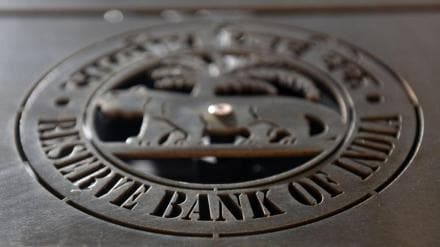Now that the Reserve Bank of India’s bumper dividend payout of Rs 2.1 trillion for FY24 puts a lot more money in the central government’s hands, the question is how best this money can be spent. The government could borrow less from the markets during the year and thereby reduce the fiscal gap. Or it could create assets by upping the capex allocation. It could also reduce taxes and use the extra money to cover the shortfall in revenues. In reality, it could do a bit of all three. A smaller quantum of borrowings from the bond markets would undoubtedly keep yields reined in and leave more resources with banks who are biggest buyers. With yields trending down, banks would prefer to lend to customers rather than subscribe to bonds. That, in turn, should keep a lid on deposit rates and in interest rates in general, which should be good for businesses.
In fact, foreign portfolio investors (FPI) have been buying bonds — net purchases so far in 2024 are close to $5.5 billion compared with $8.5 billion in 2023. The purchases come ahead of India’s inclusion in the JP Morgan Chase’s Emerging Markets Index, which is about a month away. Goldman Sachs estimates close to $40 billion could flow into the debt market over the next two years, after Bloomberg Index Services adds Indian bonds to its EM index from January. The enhanced demand for bonds should let yields stay benign for the better part of the year; the benchmark yield is already sub-7% and experts believe it could trend down to 6.7%.
However, while lower interest rates will no doubt benefit small businesses as well as retail borrowers, it is unlikely to spur the private sector to make big investments. At the same time, given that there will be limited time in the remaining part of the year to spend on additional capex, setting aside money might not help. Instead, a cut in personal income tax rates would put more disposable income in the hands of households. Consumers in the lower-income groups have been badly hurt by the high levels of inflation which, for several categories of goods and services, is way above the headline CPI inflation. Since the government is nudging taxpayers to opt for the new personal income tax (PIT) regime, the changes can be made to this set of rates. Reducing the tax rates — for slabs at the lower end — would bring a much-deserved relief to the middle class.
As has been noted by experts, there has been a shift in tax incidence from companies to individuals. Revenues collected from corporation tax were 2.15 times those from PIT in FY11; in FY24, it was 1.15 times the corporate tax collections. At the same time, gross household savings — the total of financial and physical assets — as a share of GDP fell to approximately 18.3% in FY23, lower than the 19.1% seen pre-pandemic and 20.3% in FY19. The 4.7% increase in gross household savings in FY23 was way slower than the rise in the nominal GDP of 14.2%. Private final consumption expenditure grew at only 6.8% in FY23 and is estimated to have risen at an anaemic 3% last fiscal. Going by the premiumisation in virtually every category, it would seem only the well-off are spending. The not-so-well-off also need some succour.
